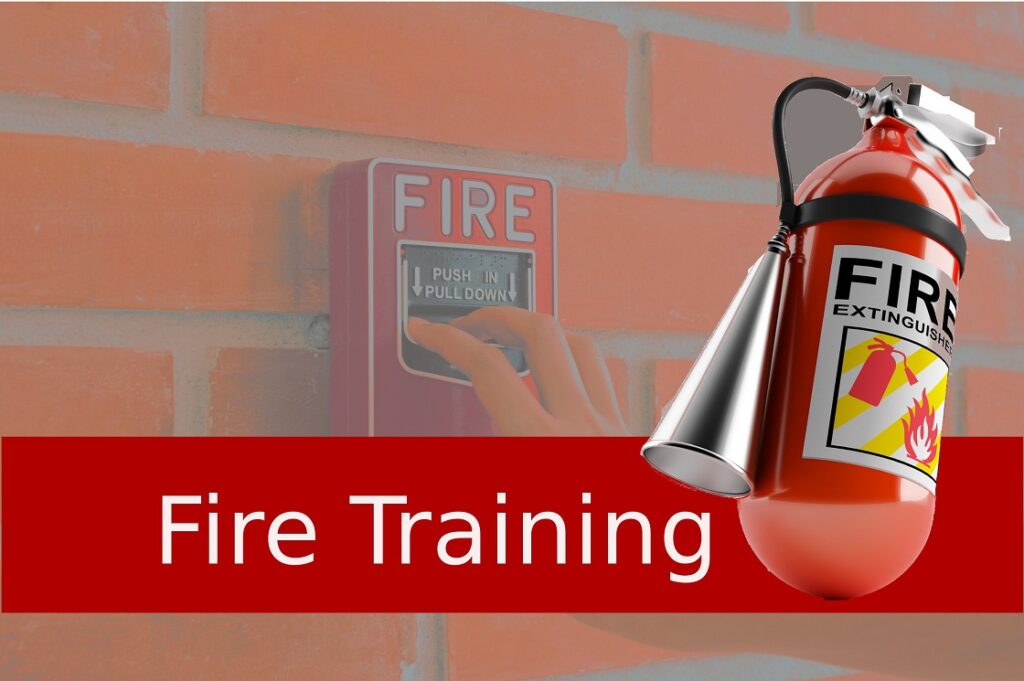Course Details:
This course provides training to mariners seeking to meet USCG or IMO requirements for a basic Firefighting course and will satisfy:
1. Fire Prevention and Fire Fighting per STCW Code Section A-VI/1; and all the Basic Fire Fighting Assessments in NVIC 08-14.
2. Fire Prevention and Fire Fighting per 46 CFR 11.302(a)(2) and 46 CFR 12.602(a)(2);
3. Basic Fire Fighting per 46 CFR 11.201(h)(2) [Basic only] and 46 CFR 11.201(h)(3); and
4. the firefighting requirements for a national tankerman endorsement in 46 CFR 13.201(c)(3), 13.301(c)(3); 13.401(d); and 13.501(c)(3).
This course will also be of value to others operating vessels on the water who may not be seeking U.S. Coast Guard licenses or endorsements, or whose experience is not up to the minimum requirements established under ideal conditions
A trainee successfully completing this course will be able to react in a correct manner in the event of an outbreak of fire, to take appropriate measures for the safety of personnel and of the vessel, and to use the firefighting appliances correctly. The trainee will also have the knowledge to identify and correct hazards and thus, prevent fires from occurring.
The course is divided into two sections covering the following topics:
- Fire prevention, propagation, safety, organization and procedures
- Minimizing the risk of fire and maintaining a state of readiness
- Shipboard firefighting organization, location of firefighting appliance and emergency escape routes
- Elements of the fire tetrahedron
- Sources of ignition
- Identification of flammable materials
- Fire hazards and the spread of fire
- Fire, heat and smoke detectors and automatic alarm systems
- Classification of fires and appropriate extinguishing methods
- Use of fixed and portable fire suppression and extinguishing systems
- National tankerman fire fighting topics
- Practical firefighting (field exercise)
- Safety procedures when using fixed fire fighting systems
- Personal protective equipment (PPE) care and use
- Fire fighting methods for defensive and offensive operations
- Use of various fire fighting agents
- Fire fighting procedures
- Using breathing apparatus
- Effecting rescues
Examination:
Two assessments are administered during the course, one written examination and one practical. The written examination requires a minimum passing score of 70% and the practical fire field exercise is pass/fail.

